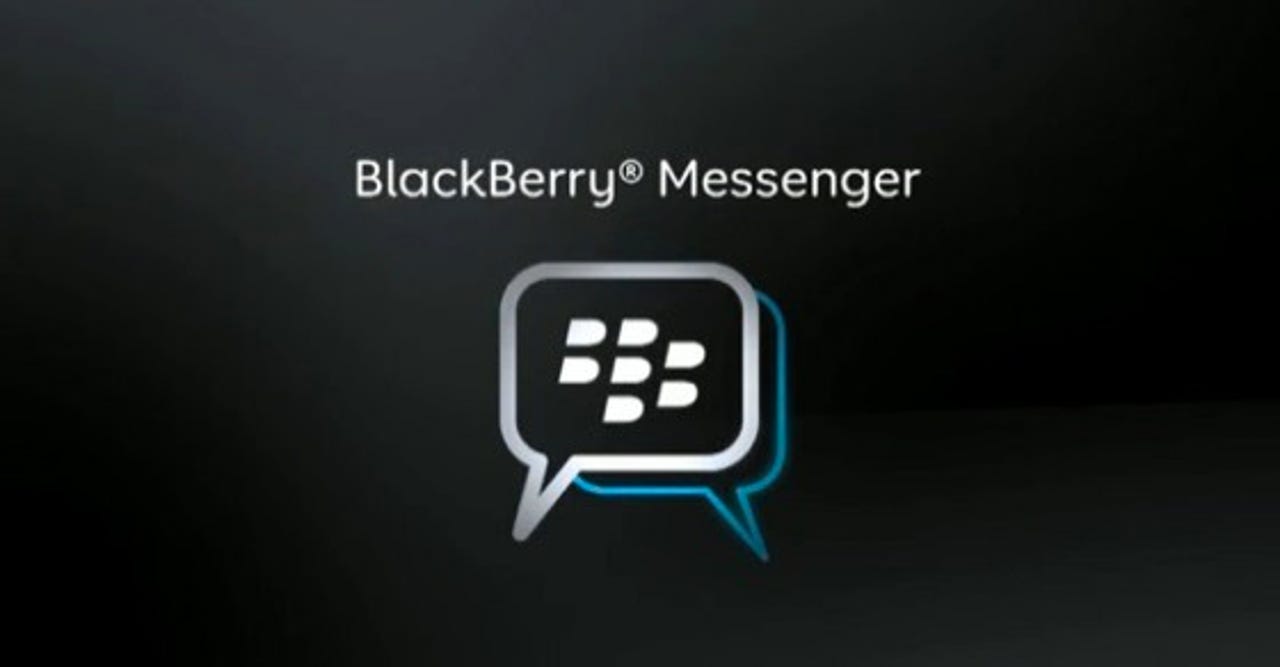The importance of being sticky

How do you turn something that's associated with one platform, or with one service, into something that's cross-device and cross-platform? And above all, how do you do that without losing value and while still keeping your customers?
That's the question many companies are asking, as they change applications into platforms, with the aim of attracting new customers in the fast-growing mobile market. It's a difficult question to answer, but one where it's clear that the solution requires making your applications and services so attractive, so useful that it's impossible to leave them behind when your users switch to other platforms or add new devices to their collections. Above all, it means making them 'sticky'.
With companies now measuring usage in monthly terms, stickiness is increasingly important — especially as cloud services make it easy to churn, and where regulatory bodies are applying consumer-friendly rules to contracts. As it gets easier to move, making apps and services sticky is not an optional extra — it's a necessity. Migrating to new services is increasingly easy, with viewers for files, and conversion tools for your data.
A tale of two platforms
A truly sticky service is a platform in its own right, one that's ecosystem agnostic but lets users pick up where they left off when they switch from device to device, and from work to home. But building sticky platforms isn't easy, as two recent examples show. One has failed, the other (at least so far) is a success.
There's a dangerous downside to stickiness — what if you end up with users returning to an unprofitable part of your service, one that's hard to monetise? BlackBerry's BBM comes to mind here, with the company unbundling it from the BlackBerry platform far too late and without a clear-cut revenue model. Back in BlackBerry's heyday, operators (and users) would pay a premium to access BlackBerry services, making BBM a profitable service. Advertising-free, it was easy to use, with many more features than the text message.

Fast-forward a handful of years, and BBM is a cross-platform service — available on Android, iOS, and Windows Phone as well as BlackBerry. It's still got millions of users, but unbundled from the old BlackBerry data plans it's missing that vital revenue stream. Users don't want advertising, and while BlackBerry users benefit from a set of APIs that use BBM to add social services to apps, those APIs aren't available to other platforms.
Sadly for BlackBerry, the opening up of BBM hasn't brought users back to the platform. Sure, the service is sticky, but it has just meant that long-term BlackBerry users can walk off to another ecosystem, taking their list of BBM contacts with them. The service keeps the users, but BlackBerry loses the revenue and is left with the cost of maintaining and running a network and servers. My brother is one of those lost users, recently dropping his BlackBerry for an iPhone. I can still chat to him over BBM though, and he still sends me pictures of my niece and nephew. It's just that neither of us are using a BlackBerry.
Sticky services need to be at least revenue-neutral, and at best make a hefty profit. BlackBerry missed a trick in not taking a WhatsApp approach to its service: free for a limited period, and then a minimal fee after that. Hundreds of millions of users paying a dollar or two soon add up, and if you're using a cloud provider, there's no CAPEX either — just a flexible infrastructure that responds to the number of users you have.
Things were very different for Microsoft, where its approach to delivering a sticky cross-platform service is epitomised by the launch of Office for iPad. Here, instead of locking users in to an expensive editing tool, Microsoft has taken the approach of offering its core Office apps as free viewers. It's not the app that's sticky in this context, it's the documents you use with it (just as BBM's stickiness is its network of users). Someone sends you a Word document and the Word iOS app is a free, easy-to-use viewer where you can read the file you've been sent. It's only when you want to edit it that you need an Office 365 subscription.
Once you've bought that subscription, for $50 or $100, you can run Office on more than your iPad. You're also able to use the editing tools in the rest of the Office suite. Microsoft hasn't revealed just how much money it makes from the iPad Office tools, but they're consistently high in Apple's App Store charts — not just for downloads, but also for the in-app purchase that opens up editing features and access to the rest of the Office 365 service.
Understanding that people need to do things with their stuff is key to Microsoft's Office pivot. With support for both ODF and its own document formats, the latest Office releases can handle most documents found online and in businesses. Once you're using them to edit the documents you've been sent, it's a short step to using them to create documents — and a shorter one to a business that gives Microsoft a $2 billion run rate and that's still growing.
That's the difference between what Microsoft is doing with a sticky Office and what BlackBerry is doing with BBM. It boils down to understanding where the value is, and where that value converts into revenue. Making big changes to your business needn't be a dent in your cash flow; carefully managed, those changes can add value instead, bringing you new customers and opening up new business models.